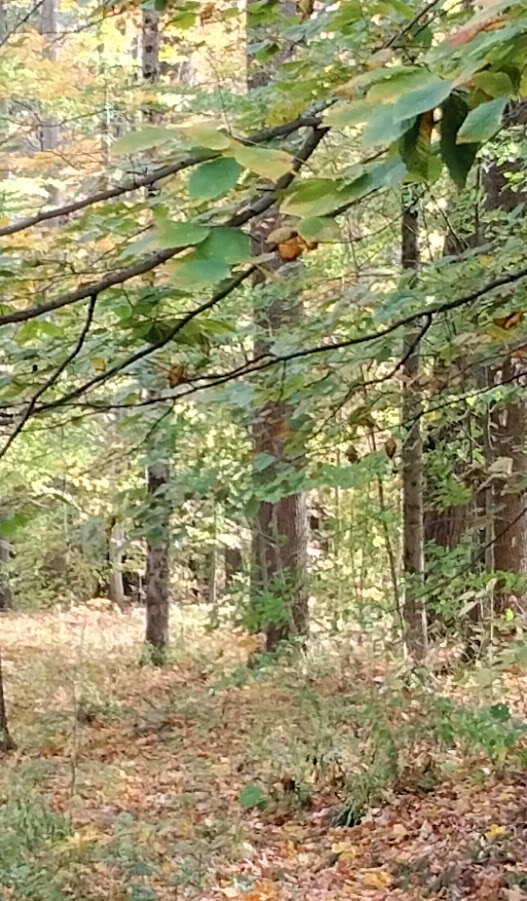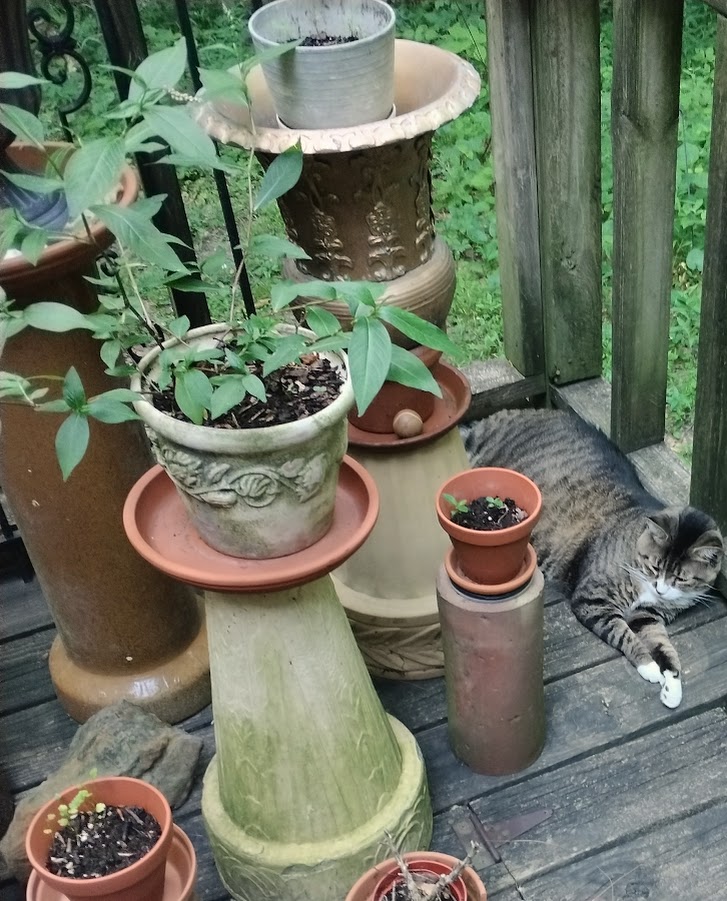‘Sequestering carbon with trees is fine – but not everywhere
Part 2 of 2
With climate change resulting in more frequent flooding, storms, drought, extreme heat in Summer, and reduced glacial melt in Spring, countries are looking for ways to reduce the root causes of global warming by sequestering carbon. One way of doing this is through the use of natural systems, using a variety of techniques to reduce CO2 in the atmosphere.
Planting trees is one way of helping to sequester carbon but not all climate zones can support a dense forest. Some regions were mostly savannah or grassland in pre-industrial times. Some areas were mostly meadow. Desert areas cannot support trees and plants that require an abundance of water. It is important to be mindful of the botanical history of the place where you seek to mitigate carbon.
Seeing plants for their intrinsic value, not just for what humans can glean from them, is a big part of life in the Eastern Woodlands. A story is told that in pre-colonial times a squirrel could travel from the Atlantic ocean to the Mississippi River and never touch the ground because of the trees. Looking at the hills where I reside, in the heart of original Miami land, I can easily visualize that tree-hopping squirrel. Many of the ferns, wildflowers and native grains and grasses were still growing in the shade of 50-75 foot high native hardwood trees when I arrived back to this area in 2012.
The spot I found on this hilly acre is mostly old-growth forest. The trees present are mostly hardwoods and include four oak varieties, dogwood, sassafras, two maple varieties, beech, tulip poplar, walnut, and shagbark hickory. I have white pine as well and planted three arborvitae trees. Altogether I have identified and recorded information in my plant journal on dozens of native plants, their foraging attributes, and medicinal qualities. with lots of wild plants. A few medicinal herbs, which are native to the immediate area, were not growing here but might have been before houses, roads, and logging decimated the older growth forests. I identified several of these wild medicinals and decided to plant their organic heirloom seeds, which included peppermint, bee balm, lemon balm, Joe pie weed (transplanted), milkweed, oats, among a others, all with medicinal or nutritional qualities, in sunny or partially shaded spots. Most of them did well, but a few of the perennials did not last more than a couple of years, possibly because of soil type too much rain, not enough rain, or too much shade.
In South Dakota, Sunshine Rose Claymore is doing something similar in the form of a regenerative community garden project, with the goal of increasing food security. She and her daughter have not only planted garden vegetables but have incorporated traditional plants such as chokecherry shrubs and medicinal herbs, long a part of Lakota culture, into the garden. Her focus is on growing healthy organic produce while regenerating depleted soil and honoring tradition in Standing Rock. She is using a drip irrigation system to conserve water.
Wherever you live, my advice used to be to grow where you are planted. As humans, we can adapt more easily than other species, and can thrive and grow where we happen to be. Over time that advice has evolved to include the phrase, live where you can grow what you love, sort of like wild rice. I’m a vegan and I live where most of the vegetables that I like grow easily. My spinach grows in a raised bed garden and herbs like thyme and cilantro grow in a container garden. I collect rainwater and use a countertop electric reverse osmosis machine for drinking water – no running water available. Food scraps and coffee grounds make up my compost and I save enough rainwater in the Spring to last through the Summer months. Not everyone is so lucky.
In the Southwest, Eric Jordan, an Asian American regenerative gardener, originally from California, uses ancient Zuni and traditional African methods together with his customized blend of compost tea to make the desert bloom. The Zuni used what are known as ollas, spherical, unglazed, clay pots with an opening through a vertical neck. They buried the pots in the ground a few inches from where seeds were planted, with the opening of the ollas protruding a little above the ground. Then they would fill each olla with water and cap the top to prevent evaporation. The water in the ollas would gradually seep into the soil at root level to the plants, watering them incrementally over time. Jordan has also explored the use of African Zai pits, small shallow holes dug into terraces resembling fish scales on hillsides or in waffle shapes on flat ground. He combined the Zuni and African methods to create a method using a series of ollas and Zai pits connected by a drip irrigation system to drastically save water and grow prolific gardens in dry climates.
If you want to develop your skills in regenerative gardening, forest regeneration, agroforestry, or regenerative agriculture using native cover crops, I recommend doing the research first to find the most compatible native plants for pest control and to produce the appropriate nutrients in soil for your region and soil type. Learn about composting techniques and what works best to hold moisture during dry periods, as well as how to prevent erosion and flooding. For more info contact Aliyah Keuthan at kestreldancing@gmail.com.
The post ‘Sequestering carbon with trees is fine – but not everywhere first appeared on Native Sun News Today.
Tags: More News


